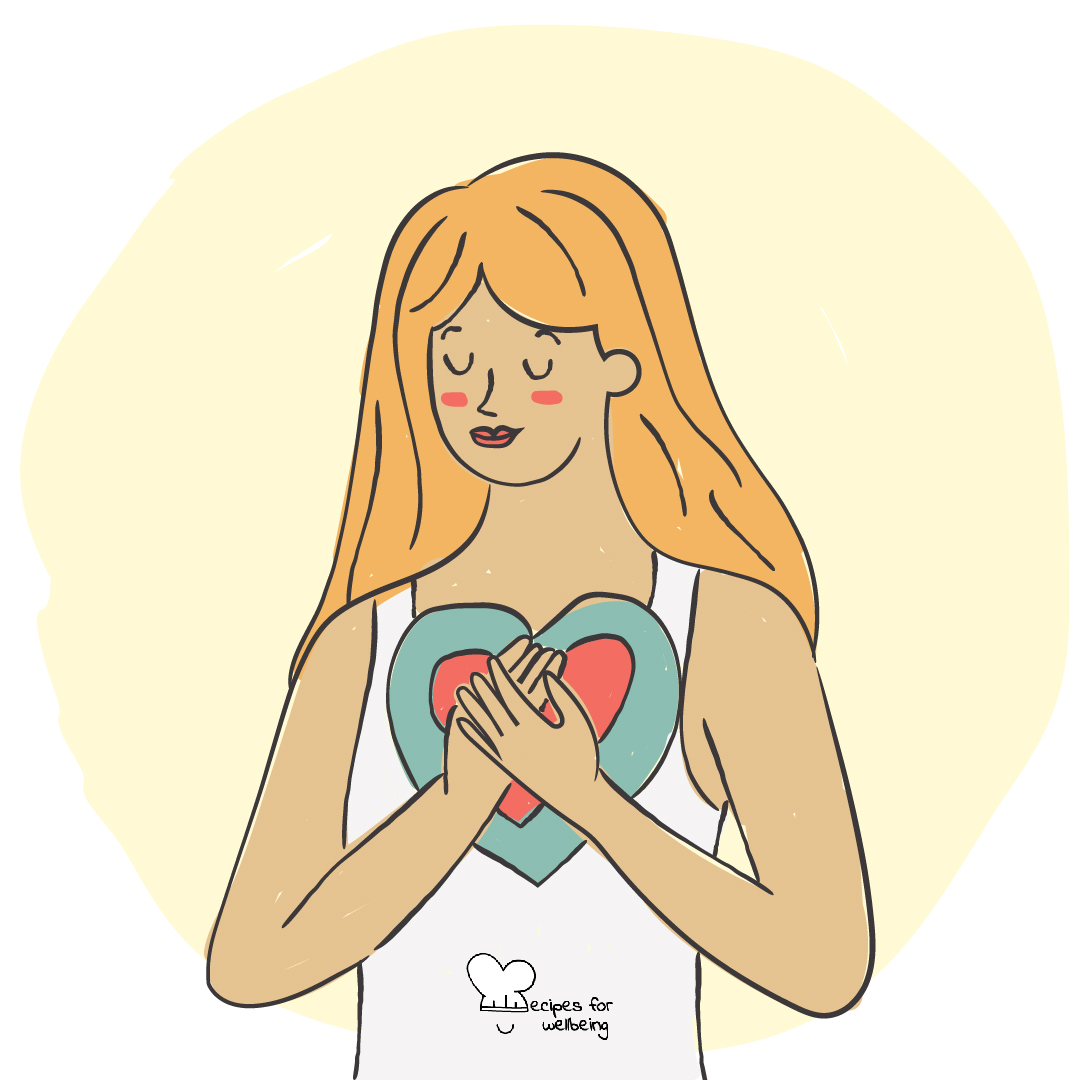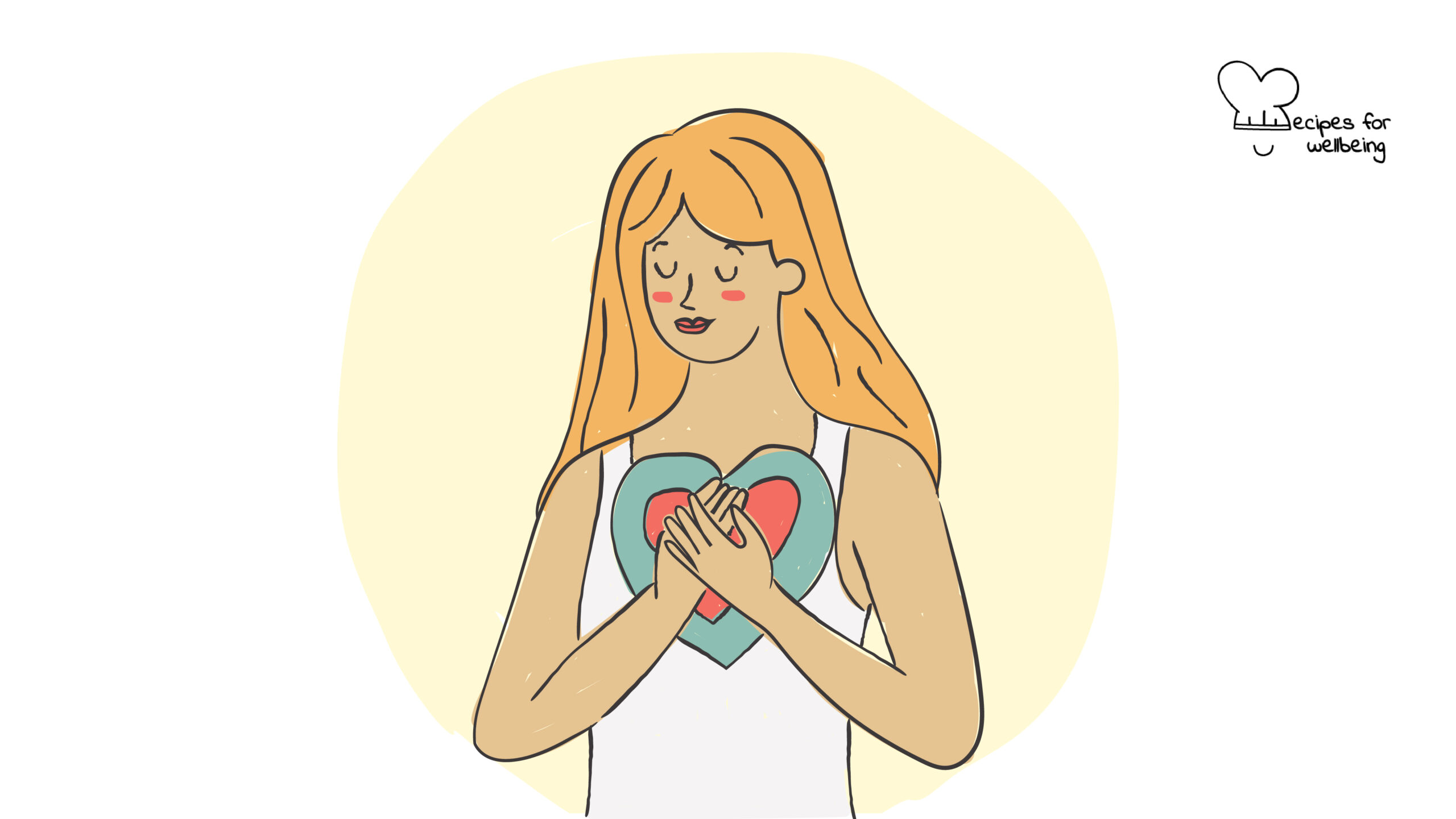
8 steps to forgiveness
The weak can never forgive. Forgiveness is the attribute of the strong. ―Mahatma Gandhi
👥 Serves: 1 person
🎚 Difficulty: Hard
⏳ Total time: 61-120 minutes
🥣 Ingredients: Patience, time (each person will forgive at their own pace; we suggest that you move through the steps below based on what works for you)
🤓 Wholebeing Domains: Discomfortability, Positive Emotion
💪 Wholebeing Skills: Acceptance, Forgiveness, Hope, Optimism, Reframing, Serenity, Vulnera-bravery

8 steps to forgiveness
📝 Description
A healing practice to let go of pain and anger.
Whether you like it or not, pain and disappointment are inevitable in life. But how you respond to such hurtful events is not inevitable. You can choose not to be controlled by their negativity and to handle difficult situations in ways that are beneficial for your health and wellbeing. Forgiveness is an extremely powerful practice that can reduce stress, blood pressure, anger, depression, and pain, whilst at the same time increasing optimism, hope, and compassion. Please note that forgiving does not mean forgetting or condoning hurtful events in the past. Rather, it is about letting go of your pain and anger and freeing the other person from the endlessly responsibility of your emotional wellbeing.
The following practice invites you to begin your journey towards forgiveness so that you may heal your heart. The instructions are adapted from: Robert Enright, Ph.D., University of Wisconsin, Madison. Evidence that it works can be found here: Baskin, T.W., & Enright, R. D. (2004). Intervention studies on forgiveness: A meta-analysis. Journal of Counseling and Development, 82, 79-90. Researchers compared several studies that used Dr. Enright’s “process model of forgiveness,” similar to the steps outlined below. All the studies were done in a clinical setting including individual and group therapy. Therapies that used these methods were shown to be effective in increasing forgiveness, and in decreasing negative psychological states such as anxiety and anger, compared to control groups. These were often long-term therapies, ranging from 6 to 60 weekly sessions, aimed at helping individuals cope with serious offences. You can access this practice at the Greater Good Science Center website.
Why you should try it: “We have all suffered hurts and betrayals. Choosing to forgive is a way to release the distress that arises again and again from the memory of these incidents—but forgiveness is often a long and difficult process. This exercise outlines several steps that are essential to the process of forgiveness, breaking it down into manageable components. These steps were created by Robert Enright, Ph.D., one of the world’s leading forgiveness researchers. Although the exact process of forgiveness may look different for different people, most anyone can still draw upon Dr. Enright’s basic principles. In certain cases, it may help to consult a trained clinician, especially if you are working through a traumatic event.”
Why it works: “Forgiveness is a long and often challenging process. These steps may help along the way by providing concrete guidelines. Specifically, they may help you narrow and understand whom to forgive—to name and describe your pain; to understand the difference between forgiving and excusing or reconciling; and by thinking about the person who has caused you pain in a novel way, you may begin to feel some compassion for him or her, facilitating forgiveness and reducing the ill will you hold toward this person. These steps also attune you to residual pain from your experience, and encourage you to find meaning and some positivity in it.”
👣 Steps
Step 1 – Create a list
The first step is to write down the names of people who have hurt you deeply enough to warrant the effort to forgive. For each person you listed, rate on a scale of 1-10 how much pain you still have regarding how that person treated you, with 1 involving the least pain (but still significant enough to justify the time to forgive) and 10 involving the most pain.
Step 2 – Reflect on the offence
Consider one offence by the first person on your list. Ask yourself: How has this person’s offence negatively impacted my life? Reflect on the psychological and physical harm it may have caused. Consider how your views of humanity and trust of others may have changed as a result of this offence. Recognise that what happened was not okay, and allow yourself to feel any negative emotions that come up.
Step 3 – Decide to forgive
When you’re ready, make a decision to forgive. Deciding to forgive involves coming to terms with what you will be doing as you forgive—extending an act of mercy toward the person who has hurt you. When we offer this mercy, we deliberately try to reduce resentment (persistent ill will) toward this person and, instead, offer him or her kindness, respect, generosity, or even love.
It is important to emphasise that forgiveness does not involve excusing the person’s actions, forgetting what happened, or tossing justice aside. Justice and forgiveness can be practiced together. Another important caveat: To forgive is not the same as to reconcile. Reconciliation is a negotiation strategy in which two or more people come together again in mutual trust. You may not choose to reconcile with the person you are forgiving.
Step 4 – Understand the offender
Start with cognitive exercises. Ask yourself these questions about the person who has hurt you: What was life like for this person while growing up? What wounds did they suffer from others that could have made them more likely to hurt you? What kinds of extra pressures or stresses were in this person’s life at the time they offended you? These questions are not meant to excuse or condone, but rather to better understand the other person’s areas of pain, those areas that make them vulnerable and human. Understanding why people commit destructive acts can also help us find more effective ways of preventing further destructive acts from occurring in the future.
Step 5 – Focus on your heart
Be aware of any little movement of your heart through which you begin to feel even slight compassion for the person who offended you. This person may have been confused, mistaken, and misguided. They may deeply regret their actions. As you think about this person, notice if you start to feel softer emotions toward them.
Step 6 – Bear your own pain
Try to consciously bear the pain that they caused you so that you do not end up throwing that pain back onto the one who offended you, or even toward unsuspecting others, such as loved ones who were not the ones who wounded you in the first place. When we are emotionally wounded, we tend to displace our pain onto others. Please be aware of this so that you are not perpetuating a legacy of anger and injuries.
Step 7 – Think of a gift
Think of a gift of some kind that you can offer to the person you are trying to forgive. Forgiveness is an act of mercy—you are extending mercy toward someone who may not have been merciful toward you. This could be through a smile, a returned phone call, or a good word about him or her to others. Always consider your own safety first when extending kindness and goodwill towards this person. If interacting with this person could put you in danger, find another way to express your feelings, such as by writing in a journal or engaging in a practice such as compassion meditation.
Step 8 – Find meaning
Finally, try to find meaning and purpose in what you have experienced. For example, as people suffer from the injustices of others, they often realise that they themselves become more sensitive to others’ pain. This, in turn, can give them a sense of purpose toward helping those who are hurting. It may also motivate them to work toward preventing future injustices of a similar kind.
Step 9 – Repeat
Once you complete the forgiveness process with one person on your list, select the next person in line and move up that list until you are forgiving the person who hurt you the most.

